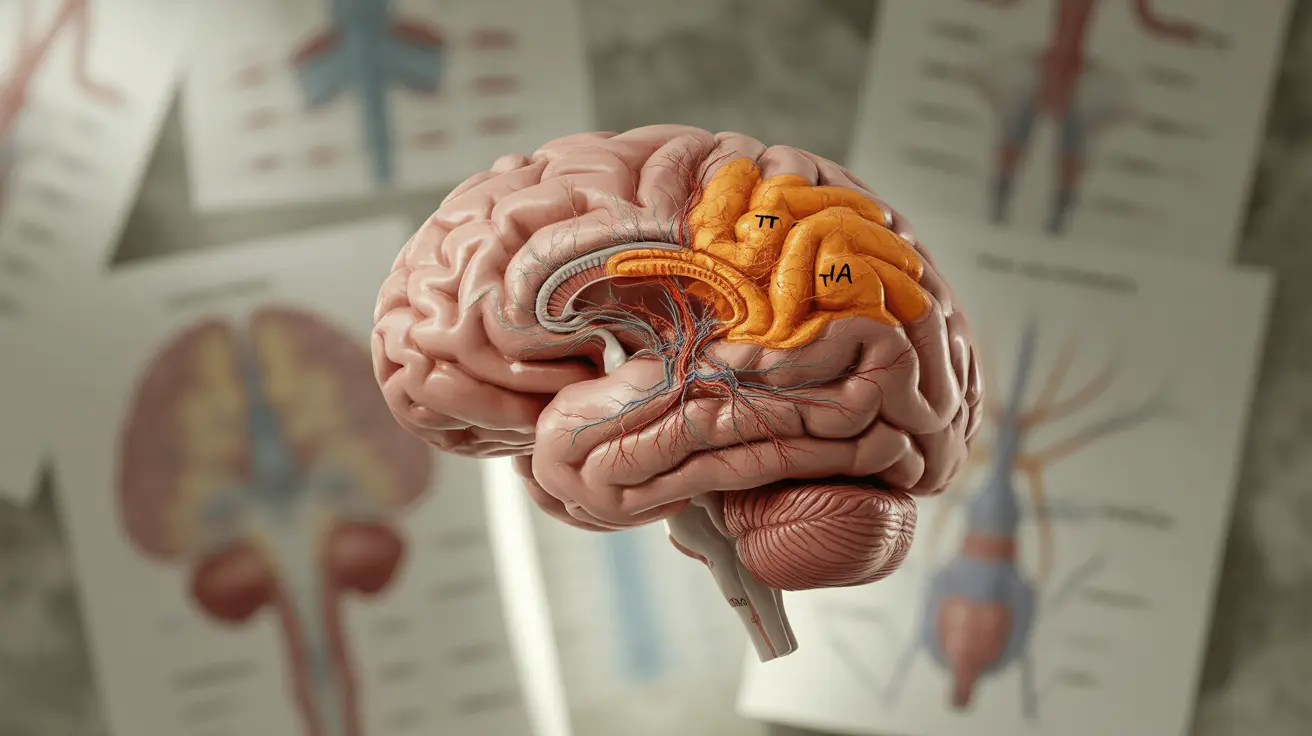A mini stroke, medically known as a transient ischemic attack (TIA), can be a frightening experience and serves as a critical warning sign for potentially more serious strokes. Understanding what a mini stroke feels like and recognizing its symptoms could be life-saving, as prompt medical attention is essential for preventing more severe complications.
While TIA symptoms are temporary and typically resolve within 24 hours, they should never be ignored. This comprehensive guide will help you understand the sensations and symptoms associated with mini strokes, how to recognize them, and what actions to take if you suspect you're experiencing one.
Common Sensations During a Mini Stroke
When experiencing a mini stroke, individuals often report several distinct sensations that can affect different parts of the body. These symptoms typically come on suddenly and may include:
- Numbness or tingling, particularly on one side of the body
- Sudden weakness in the face, arm, or leg
- Difficulty speaking or understanding speech
- Vision changes or loss in one or both eyes
- Unexpected dizziness or loss of balance
Key Differences Between Mini Strokes and Full Strokes
While mini strokes and full strokes share many similar symptoms, there are crucial differences between the two:
Duration of Symptoms
The most significant difference is that TIA symptoms are temporary, typically lasting from a few minutes to several hours, while stroke symptoms persist longer and may cause permanent damage.
Recovery Pattern
Mini stroke symptoms resolve completely on their own, usually within 24 hours. However, this doesn't mean they should be ignored, as they often precede a full stroke.
Immediate Actions to Take During a Mini Stroke
If you suspect you're experiencing a mini stroke, taking immediate action is crucial:
- Call emergency services (911) immediately
- Note the time when symptoms began
- Stay calm and sit or lie down to prevent falls
- Have someone stay with you if possible
- Don't drive yourself to the hospital
Risk Factors and Causes
Understanding what causes mini strokes and who is at higher risk can help with prevention. Common risk factors include:
- High blood pressure
- Diabetes
- Heart disease
- Smoking
- Advanced age
- Family history of strokes
- High cholesterol
- Obesity
Diagnosis and Treatment
Healthcare providers typically use several methods to diagnose a TIA:
- Physical examination
- Brain imaging (CT scan or MRI)
- Carotid artery ultrasound
- Heart function tests
- Blood tests
Treatment focuses on preventing future strokes and may include:
- Blood-thinning medications
- Blood pressure management
- Lifestyle modifications
- Surgery in some cases
Frequently Asked Questions
- What does a mini stroke (transient ischemic attack) feel like and what are its common symptoms?
A mini stroke typically feels like sudden weakness, numbness, or tingling on one side of the body. Common symptoms include difficulty speaking, vision changes, dizziness, and coordination problems. These symptoms come on suddenly but are temporary, usually resolving within 24 hours.
- How can I tell the difference between a mini stroke and a full stroke?
The main difference is that mini stroke symptoms are temporary and resolve completely within 24 hours, while full stroke symptoms last longer and may cause permanent damage. However, both require immediate medical attention as they are medical emergencies.
- What should I do if I think I am having a mini stroke?
If you suspect a mini stroke, call 911 immediately. Don't wait to see if symptoms improve, as immediate medical attention is crucial. Note the time symptoms began and don't attempt to drive yourself to the hospital.
- What causes a mini stroke and who is at higher risk of having one?
Mini strokes are typically caused by temporary blockages in blood vessels supplying the brain. People at higher risk include those with high blood pressure, diabetes, heart disease, smokers, older adults, and individuals with a family history of strokes.
- How is a mini stroke diagnosed and treated to prevent a future stroke?
Diagnosis typically involves brain imaging, blood tests, and cardiovascular examinations. Treatment focuses on preventing future strokes through medications, lifestyle changes, and addressing underlying conditions like high blood pressure or diabetes.
Remember, while mini stroke symptoms are temporary, they should never be ignored as they often signal a higher risk of a future full stroke. Immediate medical attention and proper follow-up care are essential for preventing more serious complications.




